Have you ever wondered why certain rooms instill a sense of calm while others energize you the moment you step in? The secret often lies in the lighting. The choice between warm and cool lighting is not just a matter of personal preference but a design strategy that can significantly impact the mood and functionality of a space.
I’m Tom, your go-to expert for all things LED, with a rich history in the industry dating back to 2005. Over the years, I’ve honed my understanding of how lighting can transform spaces, enhance comfort, and improve productivity. My journey has immersed me in the nuanced world of light temperatures, leading to a wealth of knowledge on how the proper lighting can significantly enrich our daily experiences.
In the following post, we’ll explore the world of warm and cool lighting, delving into their distinct characteristics, emotional impacts, and ideal applications across various spaces. From the cozy ambiance of warm lighting to the crisp clarity of cool lighting, understanding the essence of these light temperatures is your passport to creating spaces that resonate with the desired mood and functionality.
Are you excited to uncover the magic of lighting and how it plays a pivotal role in our daily lives? Let’s dive right in! Your journey into the heart of warm versus cool lighting begins now.
Unveiling the Spectrum
Definition and Characteristics of Warm Lighting
Warm lighting, akin to the tender glow of a calm summer sunset, encompasses a range of 2700K to 4000K on the Kelvin scale. Its repertoire of soft yellows and gentle reds crafts an ambiance of coziness and invitation. This light spectrum is often synonymous with relaxation and tranquility, enveloping spaces in a quiet, comforting embrace. It’s the touch of warmth on a chilly evening, the tender glow that turns a house into a home. The nurturing shades of warm lighting offer a retreat, a haven of serenity amidst the whirlpool of daily existence.
The Kelvin Scale Explanation
In the lighting lexicon, the color temperature, a critical determinant of the light’s character, is measured on the Kelvin (K) scale. The journey on this scale begins with the warm, inviting tones at lower Kelvin values, transitioning to the crisp, refreshing tones as the scale ascends. It’s a spectrum that not only measures but narrates the temperament of light, giving individuals a language to define their preference, aligning it with the mood they aspire to instill in a space.
Definition and Characteristics of Cool Lighting
As we traverse the other end of the spectrum, cool lighting stands tall with a color temperature bracket of 4000K to 5000K. The bright whites and blues reside in this domain, known for their crisp, energizing aura. Cool lighting is often the silent catalyst, promoting a sphere of concentration and productivity. The dawn breaks through a night of lethargy, the spark that fuels the engine of daily chores and professional endeavors. The clarity it brings to space morphs into a clarity of thought, the sharpness in its hues translating to a sharpness in focus.
Cool Lighting on the Kelvin Scale
The realm of cool lighting on the Kelvin scale is akin to the brisk, invigorating air under a noon sun. It’s where the warmth of lower Kelvins gives way to the stimulating chill of higher values, mirroring the sky transitioning from the soft hues of dawn to the bold blues of noon. This end of the Kelvin scale is where spaces come alive with a vibrant, energetic essence, propelling individuals into a sphere of action, thought, and creation.
Diving into Warm Lighting
Emotional Impact of Warm Lighting
Warm lighting resembles a soft lullaby, enveloping spaces in a serene glow that beckons one to unwind and breathe easily. Its tender hues act as a visual serenade, promoting relaxation, comfort, and a sense of peaceful belonging. The gentle embrace of warm lighting is reminiscent of the comforting warmth of a fireplace on a chilly evening, creating a haven of tranquility amidst the bustling world.
Ideal Spaces for Warm Lighting Implementation
The soothing essence of warm lighting finds a natural abode in living rooms and bedrooms, the sanctuaries of relaxation. It’s where the day’s stresses dissolve, giving way to peaceful contemplation or heartfelt conversations.
Warm Lighting in Living Rooms and Bedrooms
In the living room, warm lighting orchestrates a serene ambiance, ideal for leisurely chats, delving into a fascinating book, or simply sinking into the comforting embrace of a plush sofa. Transitioning to the bedroom, it morphs into a tranquil halo, wrapping the room in a tender glow that whispers the sweet tunes of slumber, guiding one gently into the realm of dreams.
Popular Warm Lighting Fixtures
The world of warm lighting fixtures is a palette rich with choices—from classic table lamps with fabric shades casting a gentle glow to ambient wall sconces and chandeliers spreading a soft luminance that dances gracefully across the room. Each fixture not only illuminates but adds a touch of aesthetic grace, enhancing the room’s overall appeal.
Exploring Cool Lighting
Emotional Impact of Cool Lighting
Cool lighting catalyzes vigor and focus, the unseen hand lifting the veil of lethargy, injecting spaces with a crisp, energizing ambiance. It’s the silent clarion call to action, known for sharpening focus, enhancing alertness, and keeping the mind agile amidst the day’s pursuits.
Ideal Spaces for Cool Lighting Implementation
The sharp, clear essence of cool lighting shines brightest in kitchens, home offices, or any space where functionality, clarity, and precision are critical. It’s where the veil of morning haze is lifted, making way for a day of fruitful endeavors.
Cool Lighting in Kitchens and Offices
In kitchens, cool lighting cuts through the early morning fog, aiding in the precise preparation of breakfast and illuminating countertops with a clear, bright light that sets the stage for the day ahead. Transitioning to the office, it morphs into an aura of crisp focus, keeping the mind sharp and ready to tackle the day’s challenges, driving productivity, and encouraging a state of flow.
Popular Cool Lighting Fixtures
The realm of cool lighting fixtures unfolds as a spectrum of sleek, modern choices, from sharp LED downlights that cast an unmistakable, unobstructed glow to minimalist pendant lights that hang gracefully, blending functionality with modern aesthetic charm. Each fixture is a statement of style, a blend of form and function that enhances the room’s contemporary appeal while fulfilling practical lighting needs.
Warm vs. Cool Lighting: Room-by-Room Analysis
Lighting in the Living Room
The living room is the heart of any home, a space where families converge to share, laugh, and create memories. The lighting here must evoke warmth, comfort, and a welcoming aura. Warm lighting beautifully serves this purpose by casting a gentle, inviting glow over the room, subtly blending with the decor to create a cozy, friendly ambiance. The soft illumination is tender on the eyes, promoting relaxed conversations and a serene environment. In contrast, cool lighting can be introduced through focused fixtures like reading lamps, providing a clear light for tasks while preserving the room’s tranquil essence.
Lighting in the Bedroom
The bedroom is a sanctuary of relaxation, a retreat where one unwinds and drifts into the soothing realms of sleep. Warm lighting is a natural choice, cradling the room in a soft, serene glow that whispers tranquility. Table lamps with warm bulbs or ambient wall sconces create a calm, peaceful ambiance conducive to rest. On the other hand, cool lighting could be beneficial in dressing areas or vanity setups within the bedroom, where clearer light aids in morning routines, juxtaposing functionality with the room’s restful ambiance.
Lighting in the Kitchen
Kitchens are the hubs of culinary creativity where functionality is as essential as the flavors brewed. Cool lighting enhances visibility and focus during food preparation with its crisp, clear illumination. Overhead LED lights or under-cabinet lighting provide a well-lit environment crucial for safety and precision. Yet, warm lighting is noticed, especially in open kitchen designs. Pendant lights with warm hues over dining islands introduce a cozy, inviting ambiance, making the kitchen a lively space for family interactions.
Lighting in the Bathroom
Bathrooms are personal spaces where lighting plays a pivotal role in setting the right mood for the start or end of one’s day. Warm lighting is often preferred for its soothing, gentle glow, creating a spa-like ambiance that’s calming. However, cool lighting is equally important, especially around mirrors where clear visibility is necessary for grooming tasks. Balancing warm and cool bathroom lighting combines relaxation and functionality, mirroring the calm, clear morning skies.
Lighting in the Home Office
In home offices, lighting should foster a conducive focus, clarity, and productivity environment. Cool lighting is often the go-to choice, with its ability to enhance concentration and reduce eye strain during long working hours. Sleek, modern fixtures casting a bright, clear light create an energized workspace, aiding in task completion. Yet, a touch of warm lighting can add a sense of comfort, especially as the day winds down, transitioning the mood from work mode to relaxed, easing the shift between professional and personal time.
Lighting in the Garage
Garages are spaces of practicality where tasks, repairs, or hobbies take center stage. With its bright, clear illumination, cool lighting is paramount for visibility and safety during tasks. LED overhead lights or task lamps with cool bulbs are ideal, providing ample lighting for detailed work. Though typically not a space for warm lighting, introducing a warm light in a corner can create a cozy nook for breaks or reading, adding a touch of homeliness to the practical environment.
Outdoor Lighting: Warm vs. Cool
Outdoor lighting sets the tone for one’s home from the exterior, blending aesthetics with security. Warm lighting creates a welcoming, inviting aura, casting a soft glow on pathways, entrances, or patio spaces. It evokes a sense of coziness and charm. Conversely, cool lighting is excellent for security purposes, casting a bright, clear light on driveways or around perimeter walls, enhancing visibility and safety. The blend of warm and cool lighting outdoors mirrors the dance of dawn and dusk, setting a picturesque scene that’s both beautiful and functional.
How to Choose Between Warm and Cool Lighting
Assessing the Functionality and Mood of the Space
It’s imperative to align the lighting with the core essence and functionality of the space. A contemplative approach entails envisaging the activities that will unfold in the room. Is it a space of repose or a bustling hub of daily chores? Understanding the rhythm of the room aids in selecting lighting that’s akin to its heartbeat, either soothing with warm lights or invigorating with cool lights. Moreover, pondering on the mood you aim to evoke – be it a serene sanctuary or a vibrant workspace – will guide you in making an informed lighting choice that resonates with the room’s ethos.
Considering the Color Scheme of the Room
A room’s color palette is a silent yet expressive narrative of the space. Lighting is the lens through which this narrative is viewed. Cool lighting acts like a breeze, accentuating blues and greens and rendering a fresh, airy ambiance. Conversely, warm lighting is like a soft melody that enriches reds, oranges, and yellows, creating a cozy, welcoming milieu. Choosing lighting that complements the color scheme by contrasting or harmonizing is essential to create a visually pleasing and emotionally resonant environment.
Factoring in Personal Preference and Comfort
The journey between warm and cool lighting is also a reflective one. Your personal comfort, preferences, and even the rhythm of your daily life play pivotal roles in this choice. Some individuals find solace in the calm embrace of warm lighting. In contrast, others thrive in the energetic ambiance that cool lighting propels. It’s a dialogue between your lifestyle, preferences, and the space, ensuring the lighting reflects your comfort and aesthetics.
Mixing Warm and Cool Lighting: A Balanced Approach
Tips on Successfully Blending Warm and Cool Lighting
Venturing into the realm of mixed lighting opens doors to a versatile and dynamic lighting landscape. A balanced blend of warm and cool lighting orchestrates a nuanced lighting narrative that adapts to the changing scenes of daily life. Consider fixtures with adjustable color temperatures. They are the maestros in this orchestration, allowing a seamless transition between different lighting tones. The blend should feel intuitive, reflecting the natural progression of daylight from the warm hues of dawn to the cool brightness of midday.
Color Temperature Adjusting LED Strips
The innovation of LED strips with adjustable color temperature is a game changer in the lighting domain. They embody versatility, enabling a smooth transition between warm and cool lighting, mimicking the natural daylight cycle. These LED strips can be tailored to the tempo of your day, offering bright, cool light to kickstart a productive morning and transitioning to warm light to usher in a relaxed evening ambiance. The ability to alter lighting tones at the touch of a button fosters a harmonious blend, enriching the spatial experience.
Real-world Examples of Mixed Lighting Interiors
Delving into real-world examples, we witness the artistry of blending warm and cool lighting in modern homes. For instance, a living room showcasing a central chandelier emitting warm light, flanked by wall-mounted fixtures casting cool light, orchestrates a balanced, engaging space. Similarly, contemporary kitchens employing cool LED downlights for task lighting, complemented by warm pendant lights over the dining area, exemplify a harmonious lighting scheme that’s both functional and inviting.
FAQs
Can Warm and Cool Lights Coexist in One Room?
Absolutely! Having both warm and cool lights in a single room can create a balanced and versatile lighting ambiance. For instance, adjustable color temperature fixtures like LED strips can transition between warm and cool lighting to accommodate different daily tasks and moods. Moreover, a harmonious blend of these two lighting types can enhance the room’s functionality and aesthetic appeal.
How Does Light Temperature Affect Mood and Productivity?
The temperature of light significantly impacts an individual’s mood and productivity. Warm lighting often induces a relaxing, cozy, calming environment conducive to unwinding or socializing. On the other hand, cool lighting energizes, enhancing concentration and alertness, which is crucial for workspaces, reading, or task-oriented activities.
What Effect Does Warm Lighting Have on Our Mood?
Warm lighting, with its soothing amber glow, tends to create a serene, cozy ambiance. It evokes a sense of relaxation and comfort, making it ideal for living rooms and bedrooms where unwinding is critical. Furthermore, warm lighting can also evoke feelings of warmth and coziness during social gatherings, making interactions feel intimate and welcoming.
What Are the Benefits of Using Warm Light in Residential Settings?
Utilizing warm light in residential settings promotes a homely, serene, and inviting atmosphere. It’s excellent for areas where relaxation and ease are prioritized, like living rooms and bedrooms. Besides, warm lighting complements warm-toned interiors, enhancing the overall aesthetic appeal and creating a cohesive look.
How Does Cool Light Affect Productivity in Work Environments?
Cool light, resembling daylight, is known for its ability to enhance focus and keep the mind sharp. It’s an excellent choice for work environments as it stimulates alertness and productivity, ensuring tasks are tackled efficiently. Moreover, cool lighting can help reduce the lethargic feel, especially during post-lunch hours, keeping the energy levels up.
Why is Cool Lighting Best for Commercial Settings?
In commercial settings, functionality and clarity are paramount. Cool lighting provides a bright, clear, and energetic ambiance conducive to active engagement, concentration, and enhanced productivity. Whether it’s a retail space, office, or commercial kitchen, cool lighting aids in creating an environment where tasks can be performed accurately and efficiently.
Which Type of Light is Better for Reading, Warm or Cool Light?
Cool light is generally better for reading as it resembles natural daylight, improving visibility and reducing eye strain. It promotes alertness and concentration, which are crucial for understanding and retaining information while reading. However, personal preferences might vary; some individuals may find warm light comfortable for casual reading.
How Does Warm and Cool Light Impact the Appearance of Colors?
Warm and cool lights can significantly affect how colors appear in a space. Warm lighting enhances reds, oranges, and yellows, making them appear more vibrant while muting blues and greens. Conversely, cool lighting makes blues and greens pop, often muting the warmth of reds, oranges, and yellows.
Are There Any Cost Differences Between Warm Light and Cool Light Bulbs?
The cost of warm and cool light bulbs typically hinges on the technology and brand rather than the color temperature. Both are available in energy-efficient LED versions, which might have a higher upfront cost but tend to save money in the long run due to lower energy consumption and longer lifespan.
Can Using the Wrong Type of Light Impact Sleep Quality?
Indeed, using the wrong type of light can impact sleep quality. Exposure to cool, bright lights in the evening can interfere with melatonin production, a hormone responsible for sleep regulation. Therefore, it’s advisable to use warm lighting in the hours leading up to bedtime to promote better sleep quality.
Conclusion: Finding Your Light
As we journey from the warm embrace of cozy lighting to the refreshing touch of cool lighting, it’s evident that the choice between the two is both a science and an art. The interplay of these lighting types crafts a narrative that transforms spaces from mere physical entities to entities pulsing with emotion and function. The key lies in experimenting, understanding each room’s soul, and then adorning it with the right hue of light. So, delve into the lighting world, explore, and find what suits your space the best.
Navigating the realms of warm and cool lighting can transform your space’s ambiance. As you optimize your lighting solutions, consider Unitop, one of China’s leading Bandes lumineuses LED et Flexible à néon LED manufacturers. Our expertise in the LED industry is unparalleled. We invite you to contactez-nous immediately for any further inquiries or bespoke lighting requirements. Your journey towards impeccable lighting begins with Unitop.
Articles connexes
Dévoiler les secrets : différences entre 4000K et 5000K
2700K vs 5000K : Quelle est la différence ? Une plongée en profondeur
Chaud ou plus chaud ? Comparaison des éclairages 2700K et 3000K
Eclairage LED 5000K vs 6000K : Une comparaison complète
Quelle est la meilleure couleur de lampe LED pour étudier ? Découvrez-le maintenant !
Obtenez le meilleur repos : Quelle est la meilleure couleur de lumière LED pour le sommeil ?

Tom est maintenant le directeur des ventes de Unitop (China) Co., Limited. Il a été dans le Éclairage LED l'industrie depuis 2005. Il est expert en ventes et marketing, et en gestion d'usine. Il aime le bodybuilding, et il est aussi un fan fou d'Apple ! C'est un travailleur acharné qui aime apprendre et essayer de nouvelles choses.
Email : tom@unitopledstrip.com WhatsApp : +86-18680307140

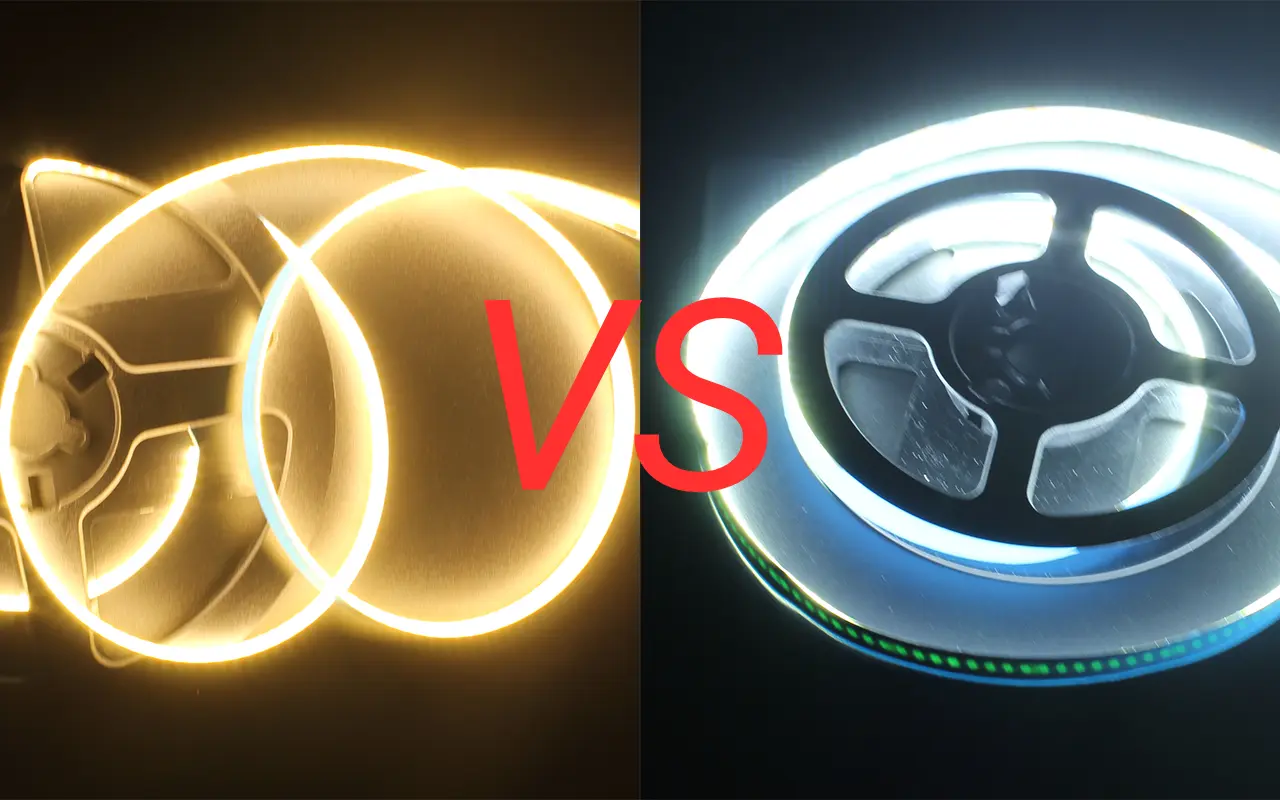

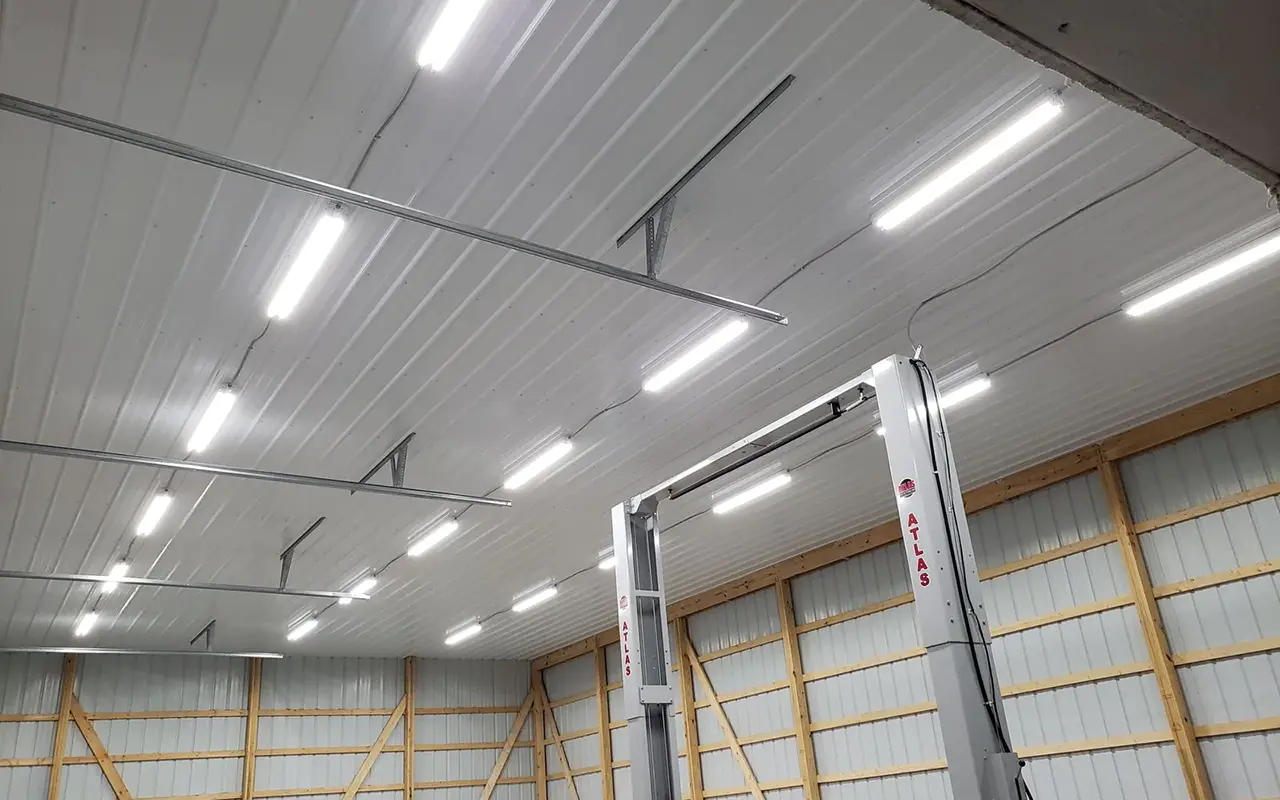

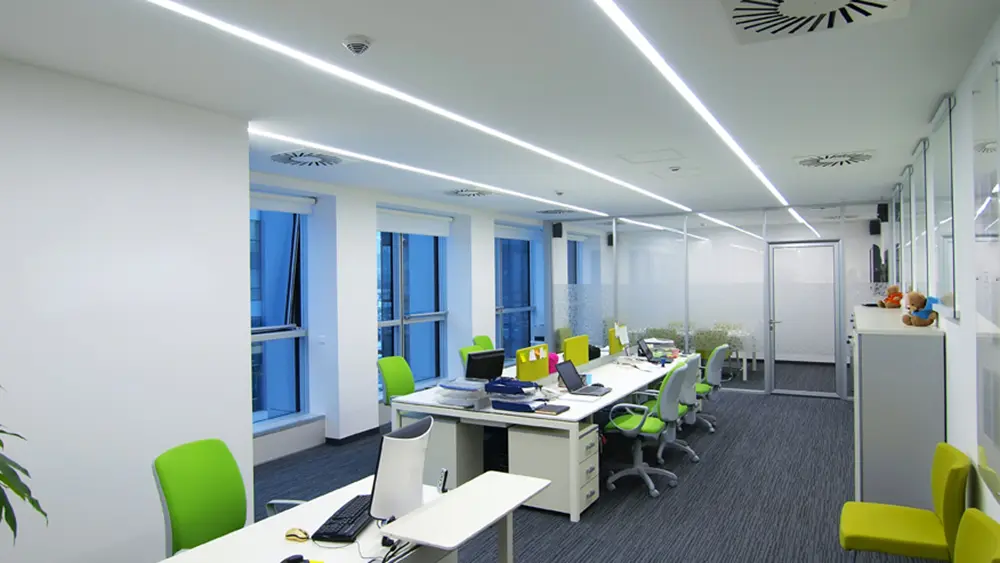






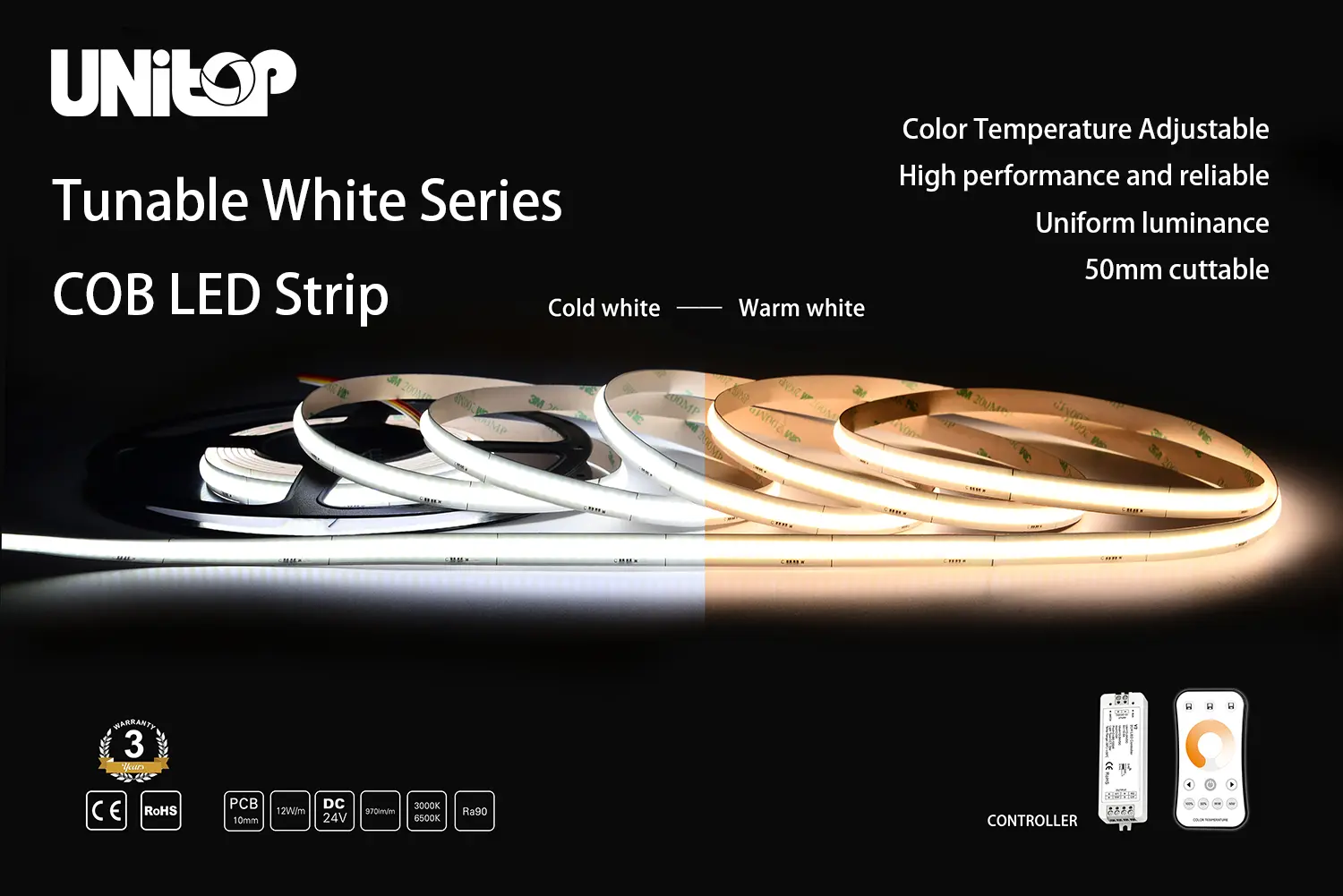
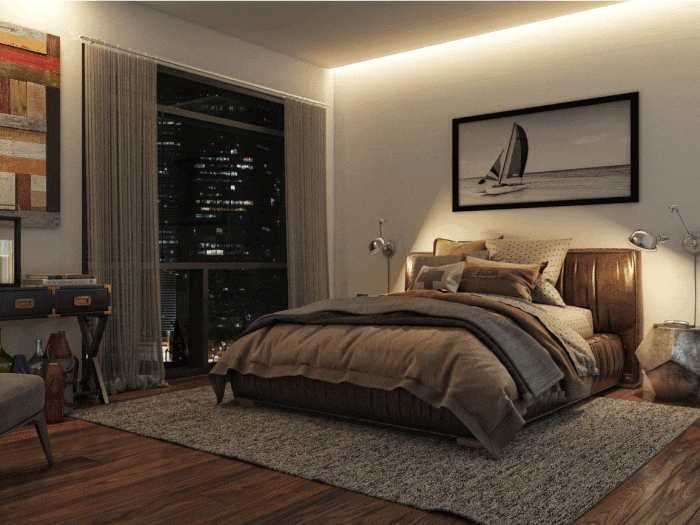



Laisser un commentaire
Rejoindre la discussion?N’hésitez pas à contribuer !